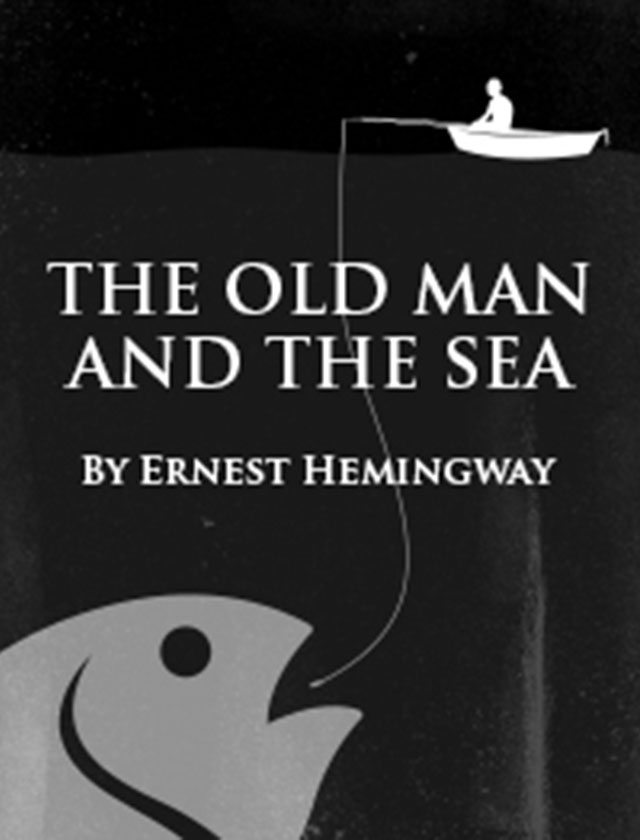The Old Man and the Sea
by Ernest Hemingway
Introduction and Background
Ernest Miller Hemingway was born in 1899 and raised in Oak Park, Illinois. After finishing high school, he spent several months working as a reporter for The Kansas City Star, but soon enlisted in World War I as an ambulance driver with the Italian army. He was seriously injured in 1918 and, after various hospital stays, returned home.
In 1921, he married Hadley Richardson and moved to Paris. He worked as a foreign correspondent and spent time with many well-known expatriate writers of the "Lost Generation."
In 1926, Hemingway published his first novel, The Sun Also Rises. In 1927, he divorced Hadley Richardson and, one month later, married Pauline Pfeiffer. A Farewell to Arms, the novel that made Hemingway financially independent, was published in 1929.
The first hints of The Old Man and the Sea can be found in 1936, when Hemingway wrote a story for Esquire featuring a Cuban fisherman who caught a giant marlin out at sea. In that early story, sharks destroyed the fish by the time the increasingly delirious fisherman was found.
In 1940, Hemingway divorced Pauline Pfeiffer, then married Martha Gellhorn less than three weeks later. They moved to Cuba, where Hemingway maintained an estate for the next 20 years. His novel For Whom the Bell Tolls was also published that year.
During World War II, he met Mary Welsh in London and divorced Martha Gellhorn. Trying married life for a fourth time, Hemingway wed Mary Welsh in 1946.
In 1950, Hemingway published Across the River and Into the Trees. This was the first of Hemingway's novels to be consistently bashed by critics, with bad reviews cropping up in more than 150 publications. Those close to Hemingway said he was strongly affected by this criticism.
The Old Man and the Sea, published in Life magazine in 1952, restored Hemingway's reputation among both critics and popular audiences. It was the last novel published in his lifetime. He won the Pulitzer Prize for The...
Sign up to continue reading Introduction and Background >